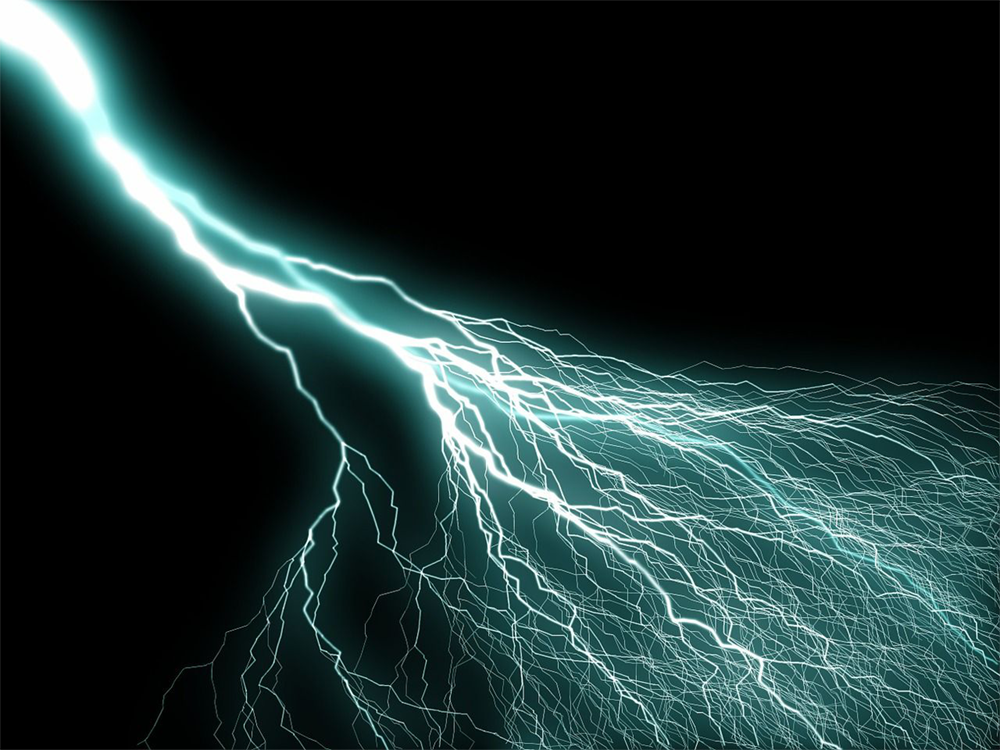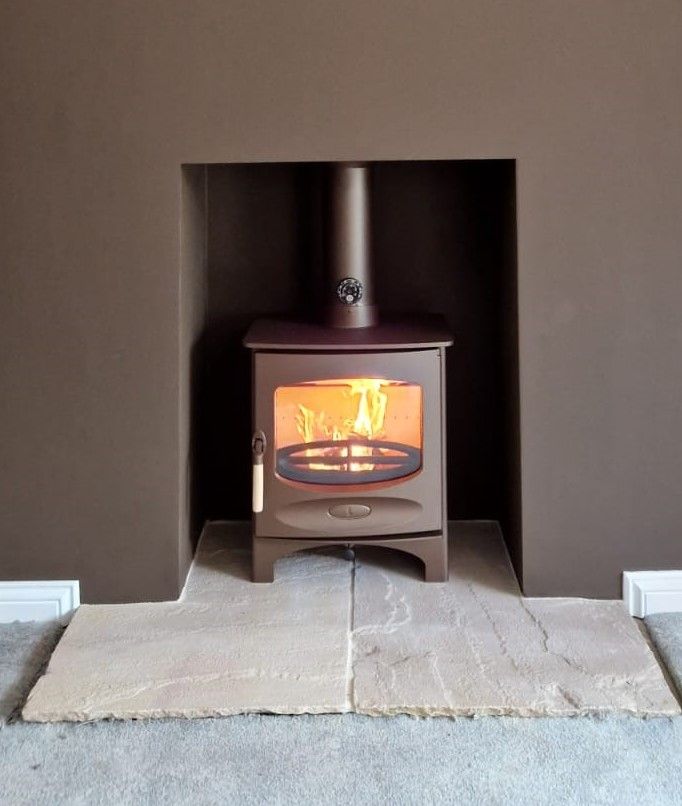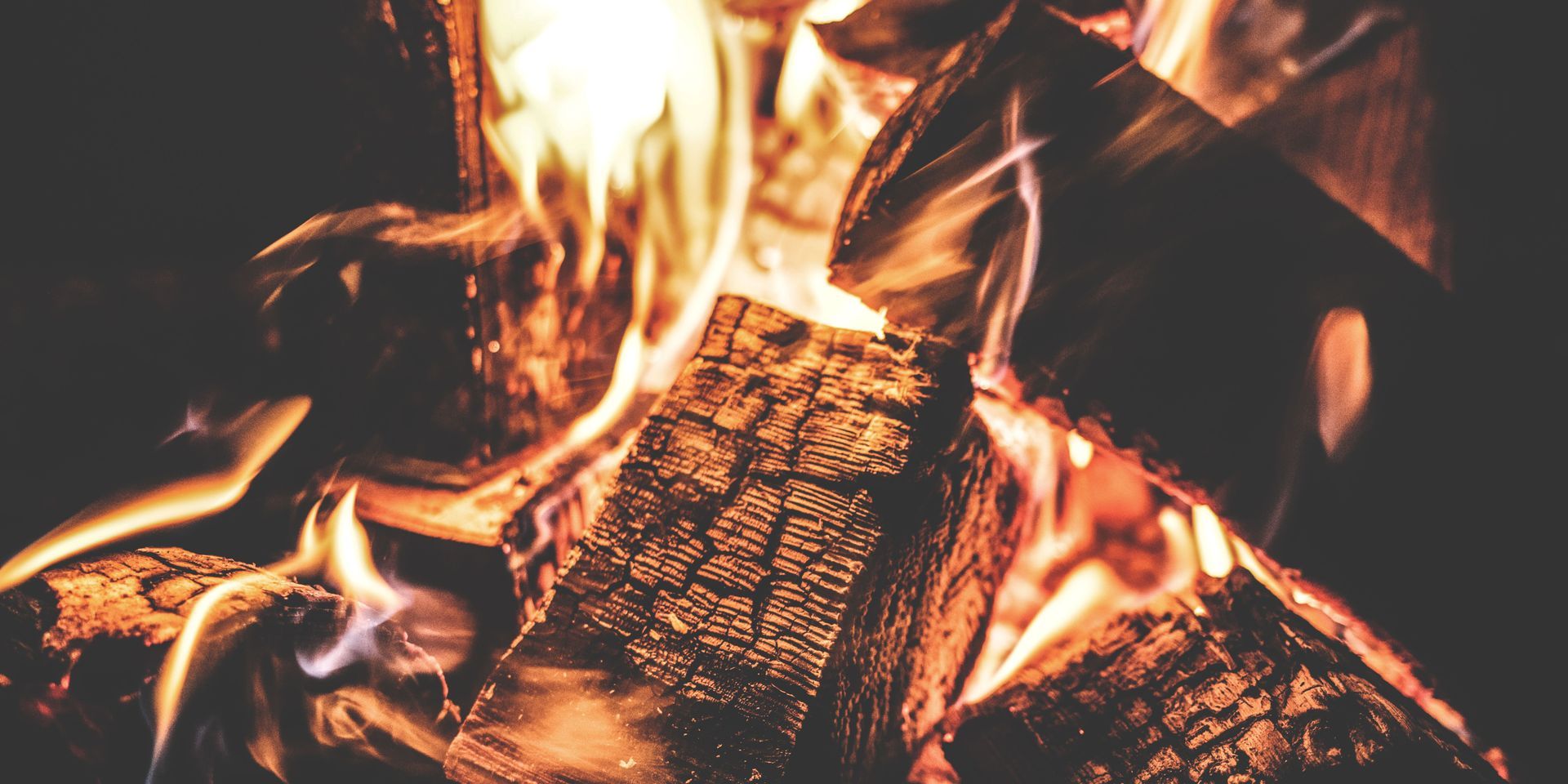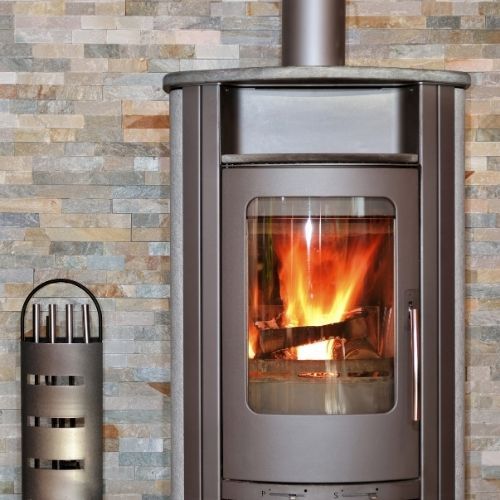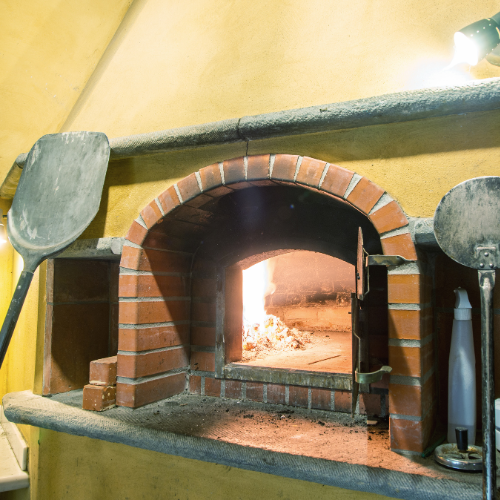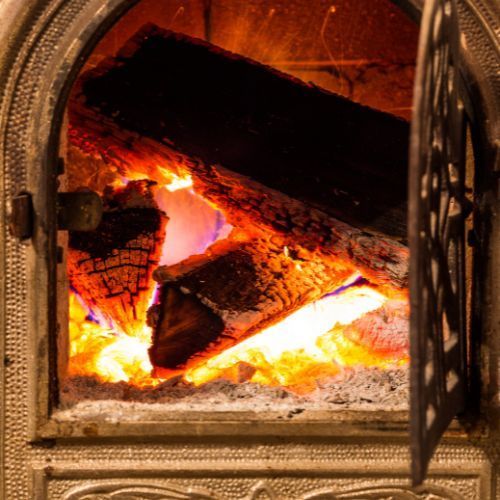What’s the cheapest to run: a gas fire, electric fire or woodburner?
Staying warm for less, and other considerations
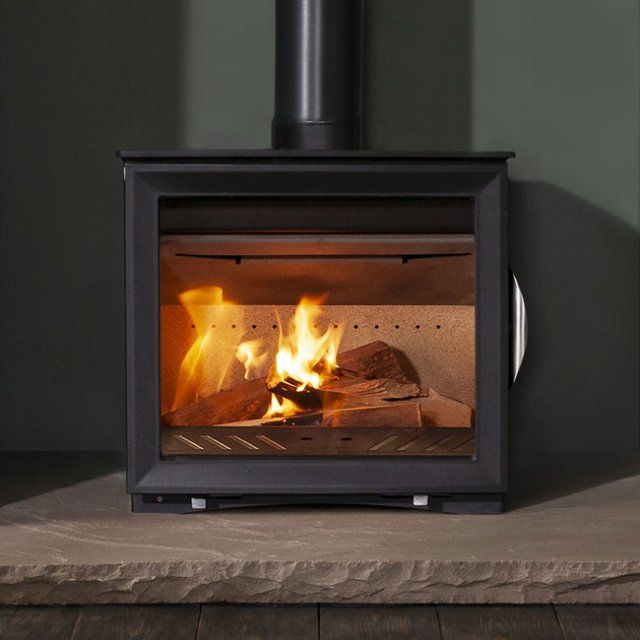
The cost of fuel has always been an important question for people wanting to heat their homes efficiently, but it has assumed particular salience since the start of the ‘energy crisis’ occasioned by the tragedy still unfolding in Ukraine, with many families struggling to heat their homes or at least trying to find a better way to do it. Many automatically assume that woodburners are the more economical option, but that’s not necessarily the case.
Firstly, some parameters: here, we’re talking about space heaters and not central heating, storage heaters or pellet boilers, for all of which cost estimates will be more complex with sometimes quite different results. With a room heater, the equation is more straightforward: fuel/energy/cost comes in; heat goes out.
The numbers
Let’s have a look at some raw figures. The heat output of your electric or gas fire or woodburning stove is usually expressed in kilowatts (kW). You can regulate this fairly exactly on a gas or electric fire, on which you can achieve a steady and constant output of heat. With a woodburner, it’s more complicated, as the heat output goes up and down depending on the point in the burn cycle at which you choose to measure, and the temperatures achieved, burn rate and efficiency will all be influenced not only by the species, density & moisture content of your logs but by the proficiency, attention and care with which you operate the stove. Nonetheless, it is possible to make rough equivalences.
If you look at your gas or electric bill, your supplier should give you a unit cost per kilowatt hour (kWh) – these prices vary dramatically, but a sample price from last winter could have been around 10p for a gas kWh and 35p for an electric kWh. A rough rule of thumb for a woodburner is that a one kilo log should burn for about an hour and give you approximately 1kW of heat. So you can google the price of, say, a cubic metre of kiln-dried logs, divide its price by its stated weight in kilos and arrive at a price per kWh.
A recent search online for ‘kiln-dried logs’ yielded a kW price by this metric of nearly £1.00! If you were to buy the equivalent quantity of naturally-seasoned (wind and sun) logs from us today (New Forest Fire Logs – 07359 306323), it would be closer to 30p per kW.
It’s worth pointing out at this point that buying fuel for a woodburner is always going to be a more price-elastic proposition than gas or electric. This is due not just to the performative and rather pathetic ‘competition’ pantomime between legacy energy suppliers, nor that you as a consumer can’t negotiate directly with Vlad or MBS, but also that a legally-defined unit of gas or electricity is a refined, market-ready product with little to no variation, which logs most definitely are not. Also worth adding to your calculus:
· Your logs don’t come with a standing charge
· If you season your own logs (i.e. buy them green) there’s no VAT on them
· Logs are like money in the bank, except even better: they’re inflation proof.
By this measure (ready to burn/use at point of delivery), gas is the clear winner on cost, with logs coming in a (qualified) distant second, with electricity bringing up the rear.
Some partisan notes on the variable cost of logs and wood
The price of wood-fuel, however, is basically a sliding scale that depends on the relative amounts of work, effort and convenience you bring to the task.
Logs are only sold ready-to-burn if somebody has already thoroughly seasoned them. If you buy logs green, they can be much cheaper, and, as mentioned, don’t attract tax (the only proviso is that, from a log merchant, you’ll need to buy a lot of them: a minimum of two cubic metres. This is a legal measure designed to discourage the burning of damp wood). Seasoning them yourself costs you only in space and time – the work is done for free by the wind and sun.
Logs only become logs once they’ve been cut and chopped. Wood fuel can be even cheaper still if you’re prepared to cut and chop it yourself, though you’ll need some nice tools and basic proficiency with a chainsaw. In our business, we meet a surprising number of individuals who access free wood, with relatives or friends who are tree surgeons or who work for municipal, utility or transport companies which require branch clearance and treat the resulting tree offcuts as a waste product. There’s more of it out there than you might think.
There’s always the noble art of scrounging. Quite a few enterprising stove users run their stoves for free by doing the rounds of builders’ merchants picking up old pallets which they pull apart and saw up at home. Hard work, but cost-effective, if you have more time than money and don’t mind picking nails out of ashes!
Other factors to consider
Atmosphere: woodburners have it in spades. And the heat is special: radiant, intense and satisfying. Nothing else comes close.
Convenience: gas and electric fires are certainly more convenient. There’s no hand-loading of fuel, no space-greedy log storage, no mess, and, of course, ignition and extinction at the touch of a button.
Collateral benefits: Many of our customers find that by using their wood-burning stoves in the winter, they can significantly reduce, and in some cases, completely dispense with their central heating, making significant cost savings over the heating season. So space-heating can reduce overall heating costs.
Up-front costs: a plug-in electric fire is cheaper to install than a stove or gas fire that requires a flue system, Carbon Monoxide detector and professionally-certified installation. If all you really want is a centrepiece and a little atmosphere, an electric fire could be just the ticket.
Do you actually need it for the heat? Electric fires are also the only one of the three options that, as there’s no combustion involved, can be run entirely without heat. The flame pattern is usually created simply by light, which barely costs more cost than running a lightbulb. Perhaps all you want is a little ambience with the option of a little heat if required. Electric flame effects can be quite good and are often more interesting to look at than gas flames. Appearance isn’t everything, but it’s not nothing, either. In this case, electric could well be your best option.
Energy market volatility: electric and gas prices are vulnerable to geopolitical price spikes, as shown by the Ukraine war. Log prices, on the other hand, remain relatively stable. And you’ll be able to use your woodburner when there are power cuts, the frequency of which seems to be increasing as Britain’s creaking infrastructure continues to deteriorate.
Conclusion.
On pure ready-to-go fuel costs, gas remains the cheapest option over wood-burning and electric and despite government threats to clamp down on supply, there are still excellent options in gas fires and no prospect of a withdrawal of this particular fossil fuel.
For atmosphere and quality of heat, there’s nothing to beat a woodburner, and it’s possible to run a stove very cheaply if you’ve got the time, energy and initiative to source, scavenge and process the fuel yourself. Even without, there is significant divergence in cost for logs. Shop around. Speak to us.
If you’re interested mostly in the decorative and don't need much extra heat, consider electric.
We supply and install gas, electric and wood-burning fires and stoves, and our aim is always to find the heating solution that suits you. Just get in touch for free advice.
